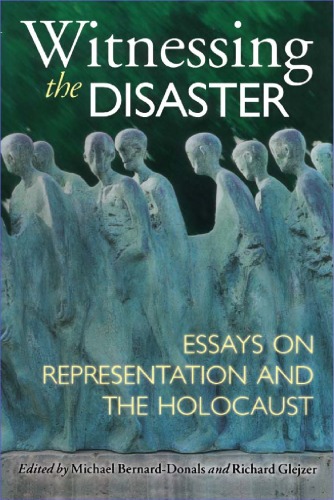

Most ebook files are in PDF format, so you can easily read them using various software such as Foxit Reader or directly on the Google Chrome browser.
Some ebook files are released by publishers in other formats such as .awz, .mobi, .epub, .fb2, etc. You may need to install specific software to read these formats on mobile/PC, such as Calibre.
Please read the tutorial at this link. https://ebooknice.com/page/post?id=faq
We offer FREE conversion to the popular formats you request; however, this may take some time. Therefore, right after payment, please email us, and we will try to provide the service as quickly as possible.
For some exceptional file formats or broken links (if any), please refrain from opening any disputes. Instead, email us first, and we will try to assist within a maximum of 6 hours.
EbookNice Team

Status:
Available4.6
11 reviewsThese essayists aim to move past the notion that the Holocaust as an event defies representation. They look at specific cases of Holocaust representation and consider their effect, their structure, their authenticity, and the kind of knowledge they produce. Taken together they consider the tension between history and memory, the vexed problem of eyewitness testimony and its status as evidence, and the ethical imperatives of Holocaust representation.
This book discusses the Holocaust in the context of contemporary theory and philosophy as well as the relationship between literary representation and trauma. The essays in this book examine the ways in which writing and representation of the Holocaust--in survivor testimonies, fiction, film, museums and memorials--involve problems inherent to the act of witnessing such as the relationship between what one sees and what can't be seen or remembered and between what is said and what cannot be said. The essays in this collection fall into four sections: the first three explore the issues of witness and testimony, the problem of ethics, and the complexities of memory. The concluding section examines the pedagogical implications of these issues, with particular attention devoted to what, if anything, we hope to teach when presenting students with histories and representations